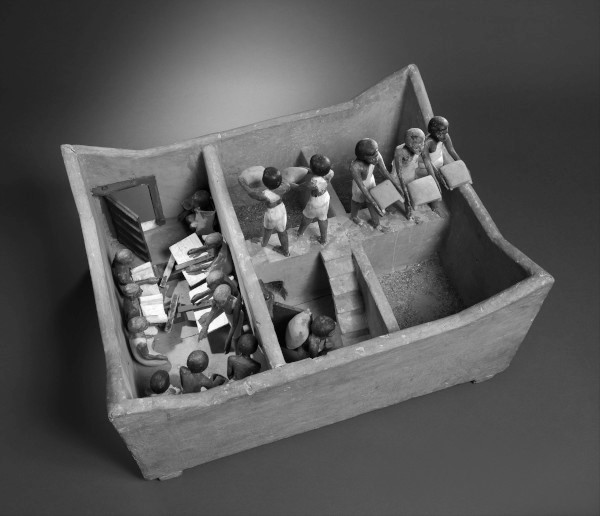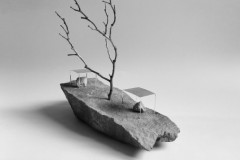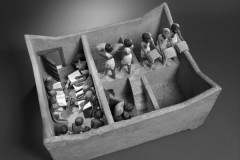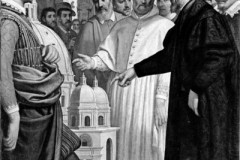Magic, Medium, Muse, Sanctuary
On the Role of Modelling in Design and Education Today
Text: András Márk Bartha
There are fewer and fewer models in architectural studios, the culture of model making is disappearing in architectural design and education. Why is it worth keeping this tradition alive, and what do we lose by abandoning genuine models altogether? The author of this paper summarises the answer in the spirit of the slogan Magic, Medium, Muse, Sanctuary. There are also some transcendental aspects to making a model: we create an object evoking a space, a building, a situation that does not exist or that exists only in a different place. The cultic role of models shows that these objects are particularly suited to convey spiritual contents beyond rational reality. The model is a gateway between imagination and reality, it is both illusory and realistic. An important element of its magical aspect is its ability to evoke a childlike playfulness including the positive and open state of mind associated with it. Observing a model is an intellectual challenge where we imagine lots of details of what we see. The model is also a versatile medium for architectural communication.
By making it, the architect creates an interface through which he can communicate about his work to the uninitiated members of society who cannot interpret plans. It also plays a crucial role in the client-architect nexus, and a plan presented as a model reveals the architectural content in an utterly honest and accessible way. The counter-effects of digitalisation can also be observed at a comprehensive social level, with more and more people realising how rewarding it is to create objects. The renaissance of crafts, craft culture and DIY communities are increasingly defining our material culture in the long run. The accessibility of technology and sharing knowledge facilitate the individual and personal creation of unique, bespoke objects.



